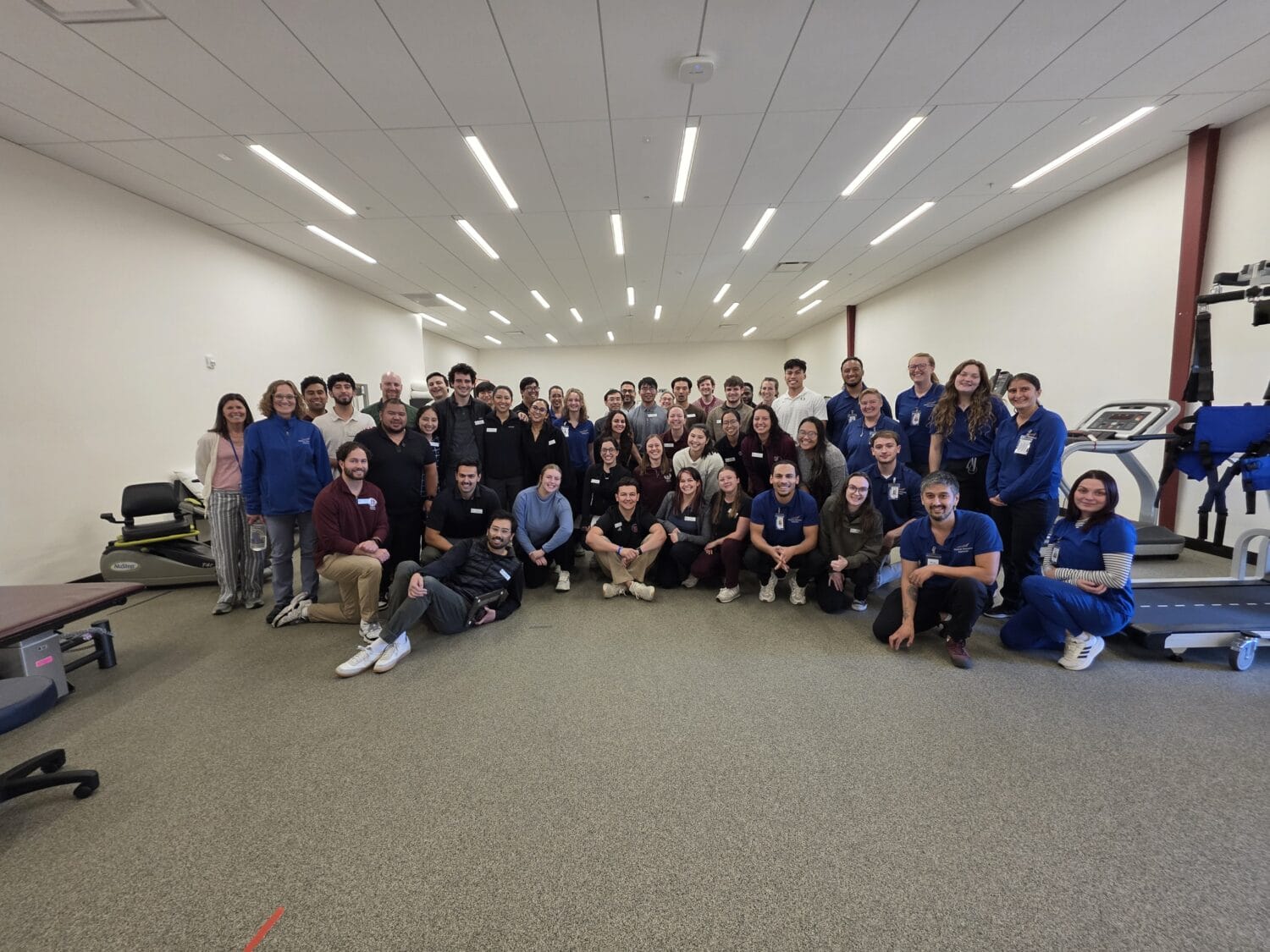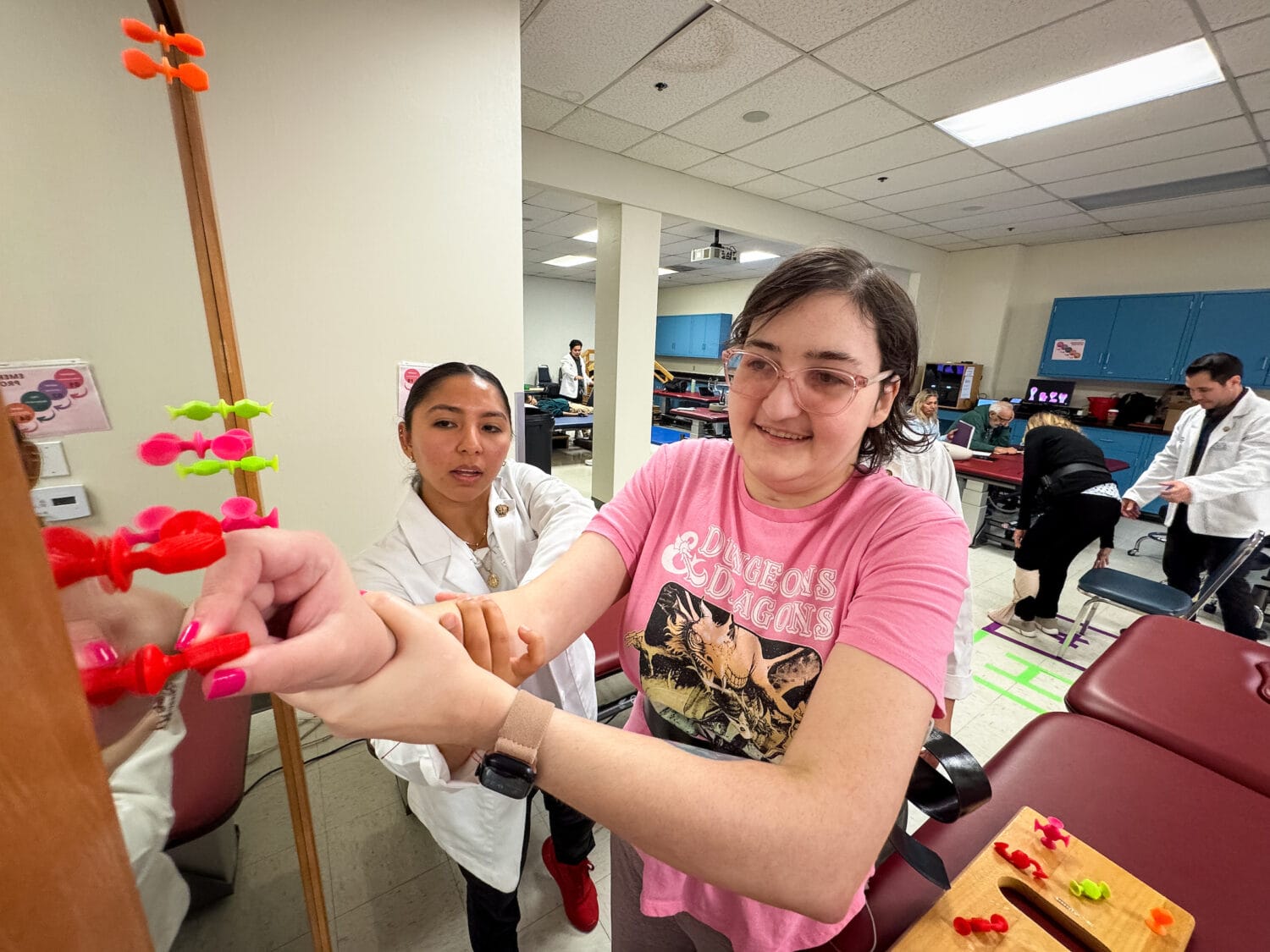WesternU COMP-Northwest faculty publishes research on genes linked to schistosome resistance
Western University of Health Sciences College of Osteopathic Medicine of the Pacific-Northwest, which is in the process of being named the Heatherington College of Osteopathic Medicine, Assistant Vice President for Research and Professor of Microbiology Michelle Steinauer, PhD, and her team recently published research on schistosome resistance in Nature Communications.
The article, “Genes linked to schistosome resistance identified in a genome-wide association study of African snail vectors,” is a comprehensive study of an African vector of schistosomiasis that revealed two genomic regions associated with resistance to Schistosoma mansoni. These findings will inform novel control strategies to interrupt transmission to humans.
Schistosomiasis affects over 200 million people worldwide. Despite drug treatment efforts, the disease remains common in many regions. Reinfection is a major issue, as people continue to be exposed to freshwater snails that carry the parasite. To stop the cycle, new approaches focused on these snail vectors are needed, especially in areas where the disease is most severe.
“Despite the large efforts to reduce or eliminate schistosomiasis in endemic areas, the disease is still flourishing. Control typically relies on mass administration of the drug, praziquantel, to school age children. Although this certainly improves the health of these children, for the most part, it does not help to break the transmission cycle in endemic areas. This is partly because the parasites are vectored through freshwater snails that are very abundant,” Dr. Steinauer said. “In many areas endemic for schistosomiasis, surface water is not only used for recreation, but it is the primary water source for many people. Thus, even after treatment with praziquantel, people become rapidly reinfected by the parasites in the water. And other mammals such as rodents can become infected and thus can maintain the infection cycle.”
To better understand how resistance works, researchers conducted a genome-wide association study (GWAS) on Biomphalaria sudanica, a freshwater snail species in Africa that spreads the parasite. They discovered two regions of the genome, SudRes1 and SudRes2, strongly linked to resistance. These regions were highly variable and showed clear genetic differences between resistant and non-resistant snails, including the presence or absence of whole genes.
Both SudRes1 and SudRes2 contain multiple genes that appear to code receptors on the surface of snails. These receptors might be used to detect and respond to pathogens. Both are involved in how hosts detect and respond to pathogens. Interestingly, these genes differ from those found in other snail species, showing that African snails have evolved their own unique forms of resistance.
Researchers also found that snail populations have distinct genetic lineages, and these are tied to whether they are resistant or not. This suggests some snail groups are naturally better at fighting off infection. The findings offer valuable insight into how host-parasite relationships work and could help shape future strategies to control the disease, capitalizing on naturally occurring resistance.
“Infectious diseases still account for a large toll on human populations both in terms of morbidity and mortality. They also take a large toll on agricultural animals, reducing food supplies, and also having a large economic impact. Immune systems are complex and are the result of many years of evolutionary interactions with hosts and pathogens,” said Dr. Steinauer. “To understand the complexity of immunity, it is important to look broadly throughout the tree of life to uncover the novel strategies a diversity of organisms have developed to reduce the impact of pathogens.”



